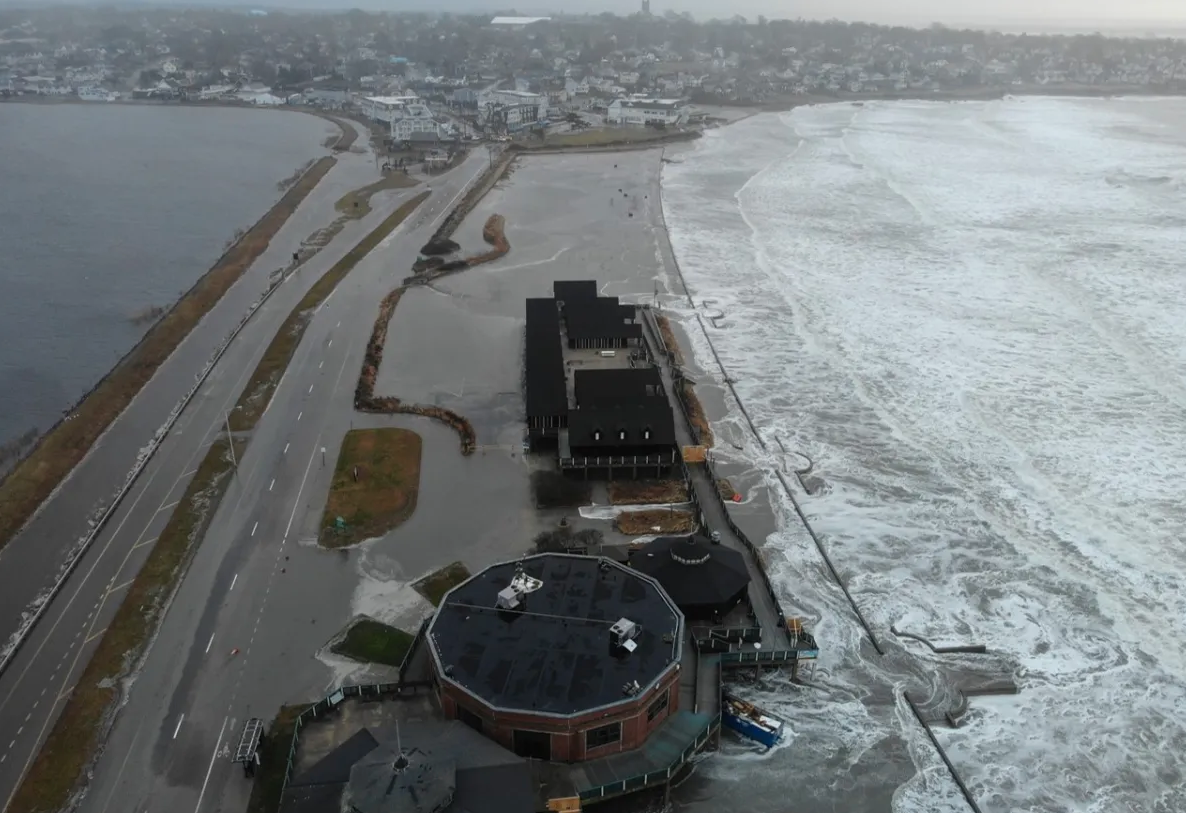The Public’s Radio — Newport official says continued beach erosion could threaten the city’s water supply, way of life
May 31, 2024
By Luis Hernandez — “Can we renourish the beaches? Can we find a way to put back what’s been taken away over the years?” We talk with the city’s public services director about the ways Newport is grappling with the ongoing threat of coastal erosion.
Last winter’s storms took a heavy toll on the city’s beaches, including Easton’s Beach, which is located at the start of Newport’s famed Cliff Walk. The city’s public services director, Bill Riccio, is the person in charge of leading Newport’s response. As part of our ongoing series on shoreline erosion in the region, Riccio spoke with Morning Edition host Luis Hernandez about the road ahead for Rhode Island’s city by the sea.
Editor’s note: This story is part of “Washout: Our vanishing beaches,” a series about the reshaping of Rhode Island’s shoreline. This interview has been edited for length and clarity.
TRANSCRIPT:
Luis Hernandez: So Bill, if you could tell me a little bit about what you’ve been seeing over the years. Is it getting worse?
Bill Riccio: I think it is. For example, when the seas get rough, the sea walls along ocean drive down at Brenton Point are constantly getting, I’ll say tagged, if you will. Overtopped, just like to seawall in Narragansett. Everyone focuses on that during an approaching storm or just heavy seas. We are regularly out on the drive, as we call it, cleaning rocks off the roads. Green Bridge is another section on Ocean Avenue that has been overtopped regularly, especially this past winter. It’s just a challenge everywhere, but we need to take appropriate actions to limit damages as we can or get out there as quickly as we can following or during to make sure roads are accessible.
Hernandez: You, just as a citizen, I’m interested in what you’ve seen over the years because I hear this from people in many places. They say, ‘I’ve seen more flooding. I’ve seen more intense storms. I’ve seen things today that I didn’t see 20 years ago.’ How have things changed?
…

